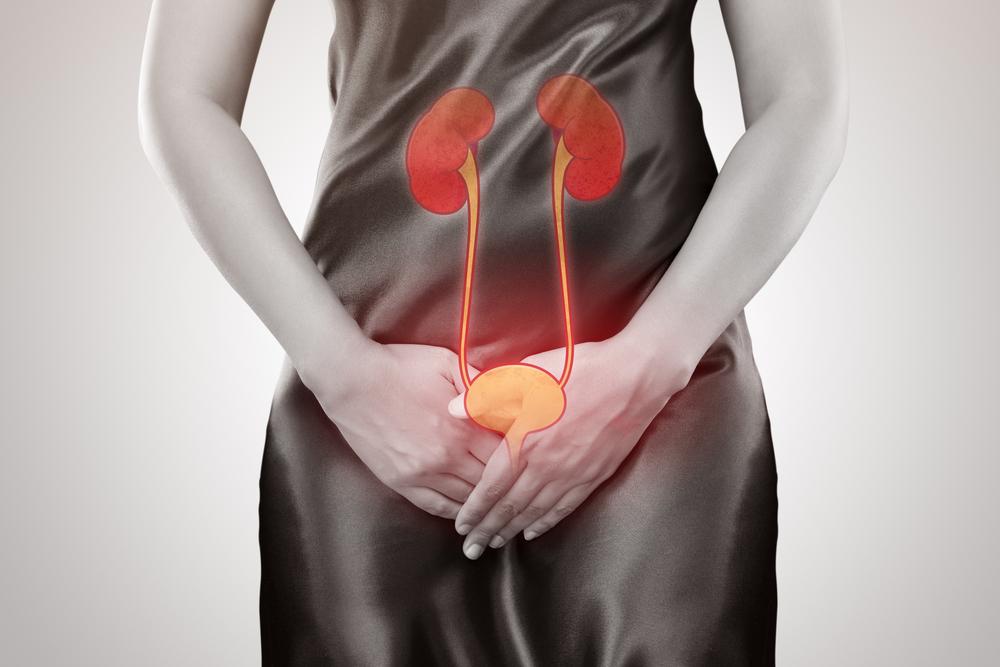Comprehensive Guide to Urinary Tract Infections: Causes, Symptoms, Prevention, and Treatment
This comprehensive article provides in-depth information about urinary tract infections (UTIs), including causes, symptoms, risk factors, diagnosis, treatment options, and effective prevention strategies. It aims to help readers understand this common condition and take proactive steps to reduce their risk and manage symptoms effectively.

Understanding and Effectively Managing Urinary Tract Infections (UTIs)
Urinary tract infections, commonly known as UTIs, are among the most prevalent bacterial infections impacting millions worldwide. These infections involve various organs within the urinary system, including the kidneys, bladder, ureters, and urethra, leading to discomfort and potential complications if not diagnosed and treated promptly. While both men and children can be affected, women are disproportionately more susceptible due to anatomical and physiological factors. This comprehensive guide aims to explain the causes, symptoms, risk factors, diagnostic methods, treatment options, and effective prevention strategies for UTIs, providing valuable information for individuals seeking to understand and manage this common health condition.
What Are UTIs and Why Are They So Common?
Urinary tract infections are caused primarily by bacteria entering the urinary system through the urethra. The most common culprit is Escherichia coli (E. coli), a bacteria normally found in the gastrointestinal tract. When these bacteria invade the urinary organs, they can cause inflammation, pain, and other symptoms associated with UTIs. The frequency of UTIs, especially among women, is noteworthy — with approximately 40% experiencing at least one episode in their lifetime. The susceptibility is often linked to anatomical, hormonal, and behavioral factors, which this article explores in detail.Detailed Symptoms and Warning Signs of UTIs
Recognizing the symptoms early can prevent complications and facilitate prompt treatment. Common signs include:Burning sensation or stinging during urination, often sharp and persistent
Increased frequency of urination, often with only small volumes of urine passed
Persistent pelvic or lower abdominal pain, which may extend to the lower back and sides
Cloudy, dark, bloody, or foul-smelling urine indicating infection or bleeding
General feelings of fatigue, malaise, or overall tiredness
Fever, chills, and shaking, which may signal that the infection has reached the kidneys
If experiencing any of these symptoms, it is crucial to seek medical advice for proper diagnosis and treatment. Early intervention can prevent the infection from spreading and causing more serious health issues.
Factors That Increase the Risk of UTIs
Various intrinsic and extrinsic factors can elevate the risk of developing UTIs. Understanding these can help individuals take proactive measures to minimize their susceptibility.Women’s Anatomical Structure: The female urethra is shorter and closer to the anus, making bacterial transfer easier into the urinary system.
Sexual Activity: Engaging in sexual intercourse, especially with new or multiple partners, can facilitate bacterial transfer from the genital area to the urethra.
Use of Certain Contraceptives: Diaphragms, spermicidal agents, or intrauterine devices (IUDs) may increase infection risk.
Menopause and Hormonal Changes: Declining estrogen levels weaken bladder lining defenses and promote bacterial growth.
Urinary Obstructions and Congenital Anomalies: Kidney stones, enlarged prostate, or structural abnormalities hinder urine flow, leading to stagnation and bacterial proliferation.
Catheter Use: Long-term urinary catheterization is a significant risk factor, especially for hospitalized or immobile patients.
Weakened Immune System: Conditions such as diabetes, HIV/AIDS, or immunosuppressive therapies impair the body’s ability to fight infections.
How UTIs Are Diagnosed and Treated
Proper diagnosis involves clinical evaluation and laboratory testing. Typically, a healthcare provider will perform a urine analysis and sometimes a culture to identify the causative bacteria. Based on findings, appropriate antibiotic therapy is prescribed. Common antibiotics include fosfomycin, levofloxacin, ceftriaxone, or ciprofloxacin, tailored to the severity and recurrence of infections. For recurrent UTIs, physicians may recommend prophylactic measures, such as low-dose daily antibiotics or post-coital dosing, to prevent future episodes.Important Prevention Measures for UTIs
Prevention is key to reducing the incidence of UTIs and their associated discomfort. Implementing good hygiene and lifestyle habits can greatly diminish your risk:Stay well-hydrated: Drinking at least 6-8 glasses of water daily helps flush bacteria from the urinary tract.
Maintain proper personal hygiene: Wipe from front to back after using the toilet to prevent bacterial transfer from the anus to the urethra.
Urinate regularly and after sexual activity: This helps eliminate bacteria before they can cause infection.
Avoid irritants: Limit or avoid the use of feminine powders, douches, and perfumed soaps that can irritate the urinary tract lining.
Wear breathable clothing: Cotton underwear allows better air circulation, preventing bacterial growth.
Manage underlying health conditions: Proper treatment of diabetes and avoidance of urinary obstructions can also help prevent UTIs.
For those prone to frequent UTIs, keeping urine testing kits and hot packs handy can facilitate quick symptom relief and monitoring. Consulting healthcare providers for personalized advice and treatment plans ensures better management of urinary health.





